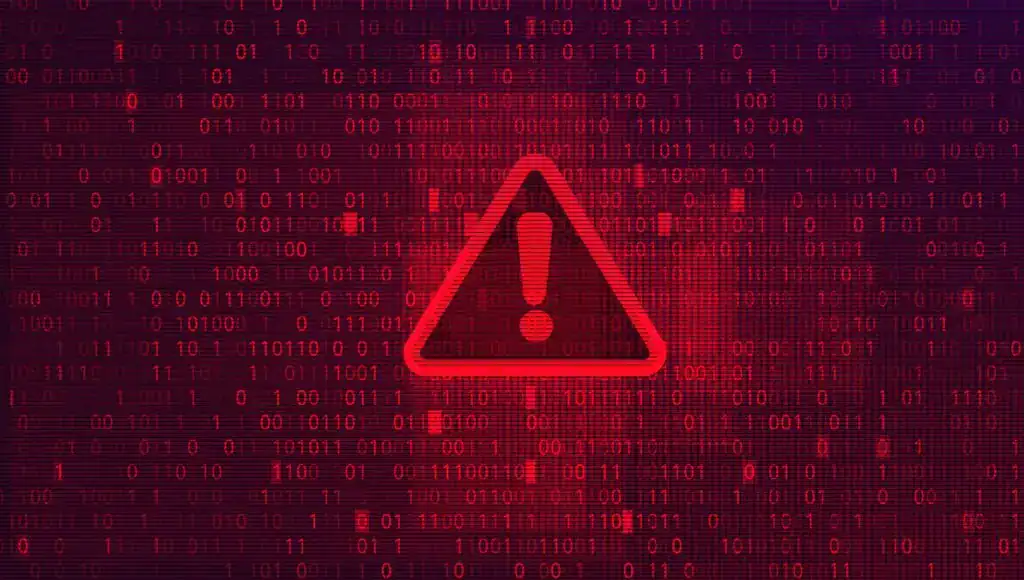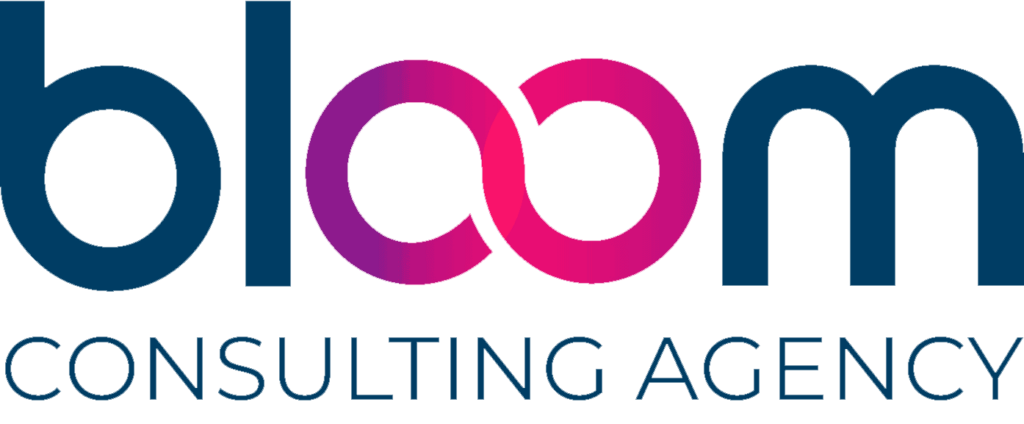Compliance in cyber threat prevention is a problem for all medical and behavioral healthcare organizations, from single providers to large-scale hospitals. For this reason, the enactment of the 1996 Health Insurance Portability and Accountability Act protects the public’s personal health information through strict compliance regulations.
Despite the standing rules, teams of providers still fail to conform to compliance protocols, which is a costly mistake. Unfortunately, cyberattacks continue to occur every 39 seconds and, without compliance, can result in a hefty fine.
How Do Breaches in Personal Health Information Occur?
Most importantly, compliance in cyber threat prevention affects all medical practitioners, medical facilities, medical billing companies, behavioral healthcare, healthcare clearinghouses, and health insurance payers. Breaches can occur even though compliant measures are in place, but liability is the main focus.
Unfortunately, failing to implement mandatory protocols for compliance in cyber threat prevention is the leading cause of breaches and high fines. Practitioners struggling with cybersecurity should contact professionals to help name a compliance officer and implement an audit with a compliant security plan.
What is Compliance?
Compliance in cyber threat prevention ensures healthcare facilities, agencies, and providers protect the personal health information of their patients. In addition, specific mandatory standards and regulations exist in the healthcare industry to secure protected health information through the Healthcare Insurance Portability and Accountability Act (HIPAA).
HIPAA addresses cyber threat security with three main compliance components, Privacy Rule, Security Rule, and Breach Notification Rule. Furthermore, additional regulations exist for more protection.
The 3 Main Compliance Components of HIPAA Security Rules
There are 3 main elements of compliance of security rules for HIPPA to protect the privacy of the patient. The first is the Privacy Rule. Privacy Rule: Compliance with the rules and regulations can be achievable by following the standards that define the reasons and circumstances a patient’s health information can be used or disclosed to covered entities.
All protected health information (PHI) and electronic protected health information (ePHI) must be safe from unacceptable exposure. The Privacy Rule requires providers to obtain written authorization from the patient to release any personal information acceptably.
Acceptable release circumstances that are allowable are:
- The patient or representative of the patient requests access to it or an accounting of disclosures.
- Health and Human Services undertakes occasional compliance investigations, reviews, and enforcement actions and needs the information for their audits.
Protected health information requires mandatory HIPAA compliance in the United States. The following are considered covered entities:
- Health insurance plans
- Healthcare providers and facilities
- Health care clearinghouses
- Business associates
Security Rule: Those sending and receiving protected health information must maintain a written plan of compliance in cyber threat prevention. Risk assessments are requirements to find compliance gaps, which must be recorded in writing if found. Organizations must report breaches in writing.
Breach Notification Rule: Breaches can still occur even with the most rigorous security methods, so this rule maintains that all covered entities and business associates report any breach that occurs. Those not reporting violations in a formal document could be liable for a fine.
Does Compliance in Cyber Threat Protection Protect from Cyberattacks?
No, cyberattacks can still invade the protected health information of patients even when all compliance rules are in effect. HIPAA maintains that breaches will happen, but if compliance in cyber threat prevention is in effect and there is proof of all attempts to maintain security, the organization is free from prosecution. All security standards must be at the federal level for compliance.
Compliance is of utmost importance to all organizations; therefore, professional help may be an excellent source of help. Other requirements HIPAA regulates include ensuring cyber threat protection:
- Each covered entity must develop and implement written privacy policies and procedures in line with The Privacy Rule.
- Each organization for the covered entities must designate a compliance officer responsible for the written policies and procedures, contact person, and contact office information accountable for complaints and able to reveal the required actions are complete.
- The entire workforce and management must participate in training to prevent cyber threats, maintain security, and carry out their functions securely.
- Mitigation accountability for any harmful effects the organization may have caused in the disclosure of PHI in violation of The Privacy Rule
- All covered entities must maintain data safeguards to prevent intentional or unintentional use or disclosure of PHI.
- Covered entities must have procedures and protocols for non-compliance complaints and clear directions to report objections to HHS.
- Covered entities cannot retaliate against someone for exercising their rights provided through The Privacy Rule.
- Documentation and record retention require covered entities to maintain privacy policies and procedures for 6 years to comply with HIPAA; additionally, someone must save all documentation concerning privacy and security.
Signs of A Breach or A Cyberattack
There are different types of security incidents and ways to classify them. It is an organizational decision to rank the incidents in severity. A range of cyber incidents occur within every facility or practice, and it’s crucial to become aware of them. Checkpoints with regular monitoring can spot problems quickly.
These are 4 of the most common breaches that occur daily within healthcare organizations:
- Ransomware: Malicious software or malware cyber criminals insert into an organization’s computer system to block access. A paid ransom is the requirement for access to the system again. Ransomware can enter the computer system through phishing emails, malvertising, and infected websites.
- Man-in-the-middle attacks: Many organizations use messaging software and communicate through conversations on the messaging app. Attackers intercept conversations and ask for passwords or other protected information.
- Phishing emails: Emails include a link to what seems to be a legitimate website and ask for protected information in what appears to be a legitimate issue. Once information is released, the leaked data is often sold or used for cyber crimes.
- Data leaks: cyber criminals work their way into an organization’s computer system, obtain protected health information, and expose it. Often, the criminals access information stored on the cloud and release it.
Preventing Cyber Threats and Protecting Patients’ Sensitive Info
For this reason, professionals have made important factors available to deter data breaches and maintain compliance in cyber threat prevention. To avoid lost revenue, operational disruptions, stolen data, and reputational damage, look into the following factors in your healthcare business.
- Encrypt data: Make sure all data is encrypted. Data encryption translates the data into a different form or code, needing a number key or password to access it.
- Educate employees: Compliance information must be regularly presented to employees, with individualized updates for the facility or practice.
- Phishing emails: More than 90% of successful cyberattacks start with a phishing email; employees need to be aware and what to do should they receive a possible phishing email.
- Educate clinical staff: Records and devices mustn’t be left unattended or in public view. Computers should be at the sign-in screen when not in use.
- Use strong passwords: 80% of data breaches occur from weak passwords. Employees should not share passwords.
- Back-up data: If a ransomware attack occurs, it is good to have a backup using the 3-2-1 method.
- Keep software up to date: Updated software addresses past bugs, new fixes, and patches security issues previously under detection.
- Assess and monitor your vendors: Be sure all third-party vendors are HIPAA compliant.
- Implement multi-factor authentication (MFA) across all endpoints.
Is Your Healthcare Organization in Florida Compliant with Cyber Threat Prevention?
If your healthcare organization requires assistance with staying compliant against cyber threats, Bloom Healthcare Consulting has consultants with experience with HIPAA compliance guidelines. HIPAA compliance regulations are non-negotiable, and nothing is more important than protecting personal health information.
Expertise in cyber security can be difficult to secure with such high demand in healthcare organizations today. Contact Bloom Healthcare Consulting to begin your journey in filling in the gaps you may have in your current compliance program.









